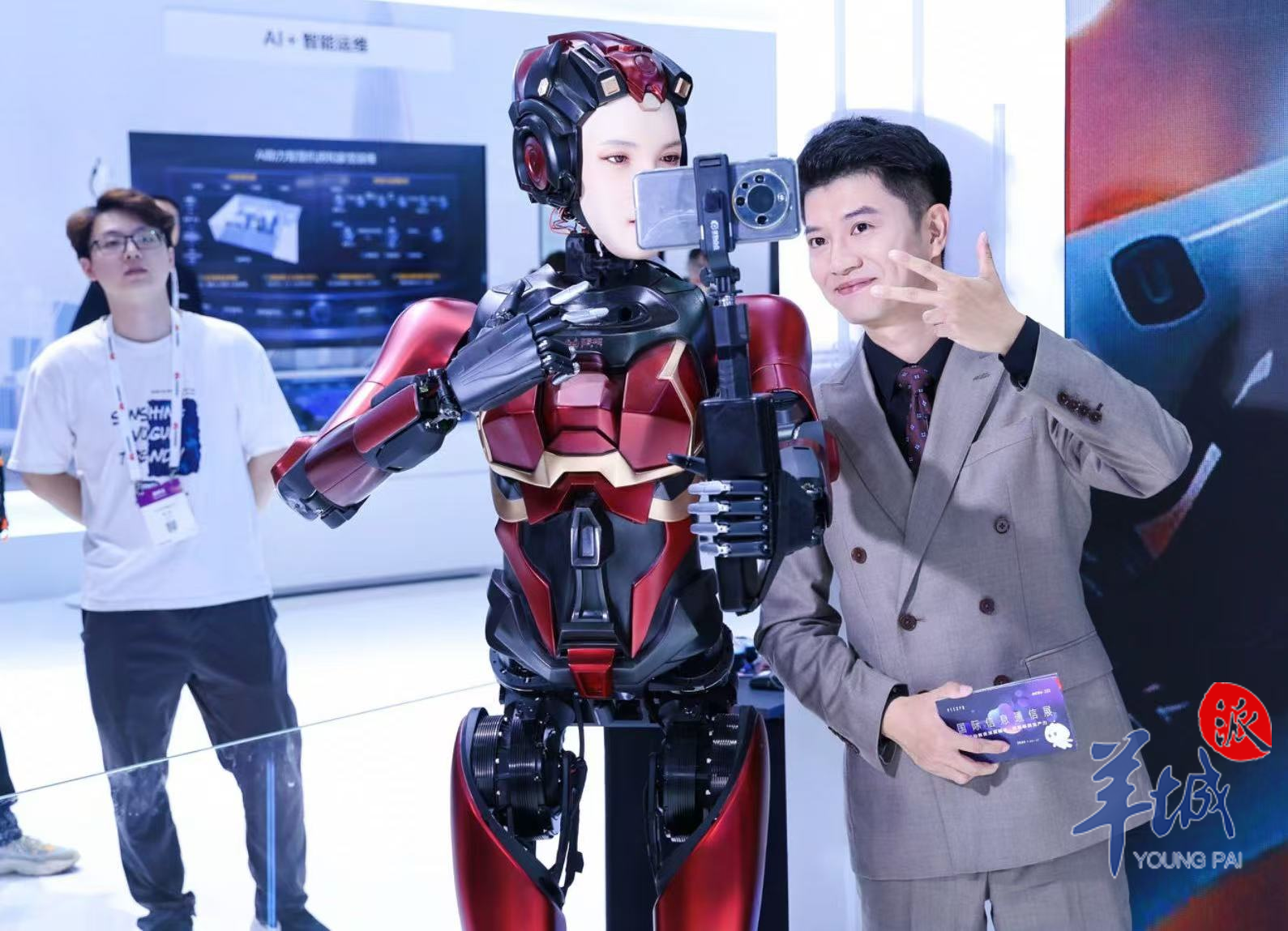
In the Shenzhen R&D center, the 166-cm-tall humanoid robot "Kuafu" is skillfully juicing, while "Walker S1" is undergoing handling training on the BYD automobile production line. In the global wave of technological innovation, humanoid robots are leading commercial transformations, and the former science fiction scenarios are gradually being realized in China's industrial manufacturing, commercial exhibitions, and other scenarios.


Leng Xiaokun, the founder of Leju Robot, points out that humanoid robots can seamlessly adapt to human environments, and will inevitably become emerging in the future. Since the early 1970s, humanoid robot research and development have gone through many years, with companies continuously joining in, from WABOT-1 at Waseda University in Japan to Tesla's Optimus. In the first half of 2024, Chinese humanoid robot enterprises raised more than 2 billion yuan in funding, and the industry's enthusiasm remains unabated.

Humanoid robots are particularly prominent in the automotive manufacturing industry, solving the "last mile" problem on production lines. It is estimated that there is a potential demand for about 340,000 humanoid robots in China's automotive manufacturing industry. UBTech's Walker S series of industrial humanoid robots have currently entered the general assembly workshops of automotive companies such as BYD, FAW Hongqi, Geely Automobile, Dongfeng Liuzhou Motor, and FAW-Volkswagen for training, becoming the humanoid robots that have entered the most automotive factories for training globally and obtaining more than 500 intent orders.

Leng predicts that humanoid robots will enter households within six or seven years, but safety issues must be addressed first, and they may be applied in intermediate settings such as nursing homes. Leju Robot is exploring cooperation with relevant institutions and collaborating with companies such as Haier and Huawei to explore home applications.


However, the price threshold remains a challenge in the smart home market. Currently, humanoid robots on the market are expensive, posing a gap with the consumption ability of ordinary households. Leju Robot advocates the slogan "as smart as a doctorate, as affordable as household appliances," committed to reducing costs. It is estimated that in five years, the price of large-size humanoid robots may fall below 200,000 yuan.

Source :Lingnan on the Cloud
我们何时能把人形机器人带回家?
在深圳研发中心,身高166厘米的人形机器人“夸父”正熟练榨果汁,而“Walker S1”则在比亚迪汽车生产线接受搬运实训。全球科技创新浪潮中,人形机器人正引领商业变革,昔日科幻图景正逐步在中国工业制造、商业展览等场景中实现。
乐聚机器人创始人冷晓琨指出,人形机器人能无缝适应人类环境,未来爆发是必然。自20世纪70年代初,人形机器人研发已历经多年,从日本早稻田大学的WABOT-1到特斯拉的Optimus,不断有企业加入。2024年上半年,中国人形机器人企业融资超20亿元人民币,产业热度不减。
人形机器人在汽车制造业中尤为突出,能解决生产线“最后一公里”问题。据估算,中国汽车制造业存在约34万台人形机器人潜在需求。优必选Walker S系列工业人形机器人当前已经进入比亚迪、一汽红旗、吉利汽车、东风柳汽、一汽大众等汽车企业的总装车间实训,成为目前全球范围内进入最多车厂实训的人形机器人,获得超过500台的意向订单。
冷晓琨预测,六七年后人形机器人将进入家庭,但需先解决安全性问题,可能在养老院等中间场所率先应用。乐聚机器人正与相关机构探讨合作,同时与海尔、华为等企业合作探索家居应用。
然而,价格门槛仍是智能家居市场面临的挑战。目前市场上人形机器人价格高昂,与普通家庭消费能力有差距。乐聚机器人提出“像博士一样聪明,像家电一样便宜”的口号,致力于降低成本。预计5年后,大尺寸人形机器人售价可能降至20万元以下。
策划 | 林洁 黄丽娜 侯恕望
统筹 | 黎秋玲 宋金峪
文 | 记者 陈晓楠
图 | 记者 蔡嘉鸿(除署名外)
译 | 赵凡
审 | 林佳岱
包装 | 记者 王绮静
-
2024 Guangzhou International Lights Festival kicks off with 360-degree circular lighting show
2024-11-10 23:22:05 -
How are the mascots and emblems for the 15th National Games and the National Special Olympic Games created?
2024-11-10 23:22:10 -
The 2024 Global Investment Promotion Conference for the GBA attracts 2.26 trillion yuan in investment
2024-11-09 20:26:24 -
Reflections on the flood disaster in Spain
2024-11-09 20:26:34






